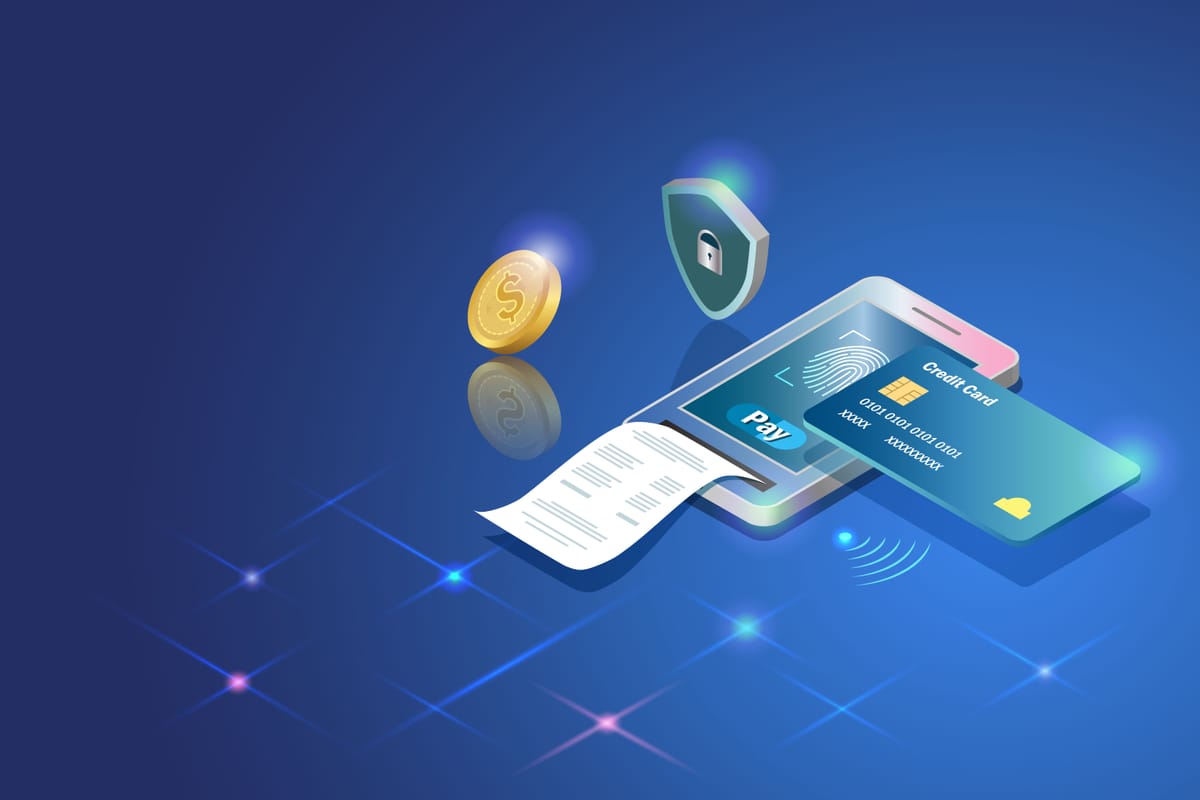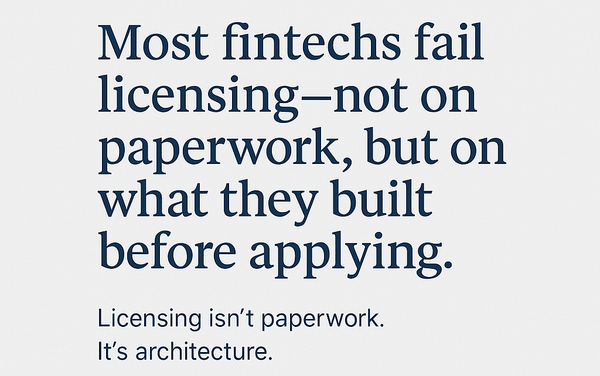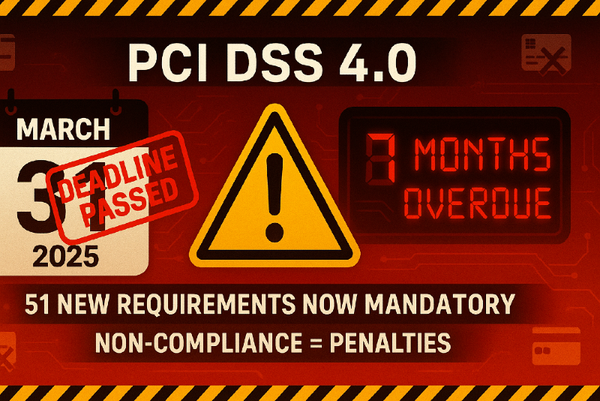Payment Gateways vs. Payment Orchestration: Simplifying the Complexities of Online Payments
Optimizing Your Online Transactions

Ensuring smooth payment processes is crucial for businesses. However the realm of payments has grown increasingly intricate with regional rules a surge in local payment options and evolving customer preferences. Traditional payment gateways have faced challenges in keeping up with these changes leading to the emergence of a solution: payment orchestration.
Understanding Payment Gateways
To begin with the basics a payment gateway acts as a bridge linking your store to the customers bank and the intricate network of financial entities. When a customer inputs their card information the payment gateway undertakes functions;
Encryption: Protecting card details through encryption to prevent unauthorized access.
Transmission: Forwarding the transaction request to the payment processor or acquirer.
Authorization: Verifying with the customers bank for fund availability and fraud prevention.
Settlement: Upon approval transferring funds from the customers bank to your business account.
Challenges Faced by Traditional Payment Gateways
Despite their importance traditional payment gateways comes with limitations
Single Processor Reliance: Most gateways partner with a specific processor, restricting your choice and potentially leading to higher costs.
Rigidity: Gateways often can't adapt to complex payment flows or cater to businesses expanding into new markets.
Limited Insights: The analytics provided by basic gateways may not offer enough depth to make data-driven payment optimization decisions.
Enter Payment Orchestration
A payment orchestration platform represents the evolution of the payment gateway. It serves as a software layer that sits atop gateways, processors and other payment related services. This brings forth benefits;
Smart Routing: Payment orchestration can direct transactions to the cost effective or successful payment processor based on factors, like location, currency or card type. This can lead to savings on fees.
Resilience: In case one payment gateway or processor experiences downtime the orchestration platform can automatically redirect traffic minimizing disruptions.
Improved Approval Rates: By employing routing and retrying declined payments with providers you can boost the chances of successful transactions.
Data Insights: A centralized dashboard offers insights, into payment performance empowering you to tune your payment strategy.
Who Should Consider Payment Orchestration?
Payment orchestration is beneficial, for types of businesses;
1. Global Businesses: Managing payment preferences and providers to offer tailored customer experiences.
2. High Volume Merchants: Enjoy cost efficiencies and reliability through routing strategies.
3. Subscription Based Models: Using orchestration to reduce churn by retrying failed recurring payments.
4. Businesses Seeking Control: Obtain flexibility and customization options for your payment infrastructure.
The Future Is Orchestrated
While not every business may currently require payment orchestration the growing trend is undeniable. As payment systems become more complex the ability to optimize, adapt and oversee your payment processes is not just advantageous but essential, for thinking enterprises.





